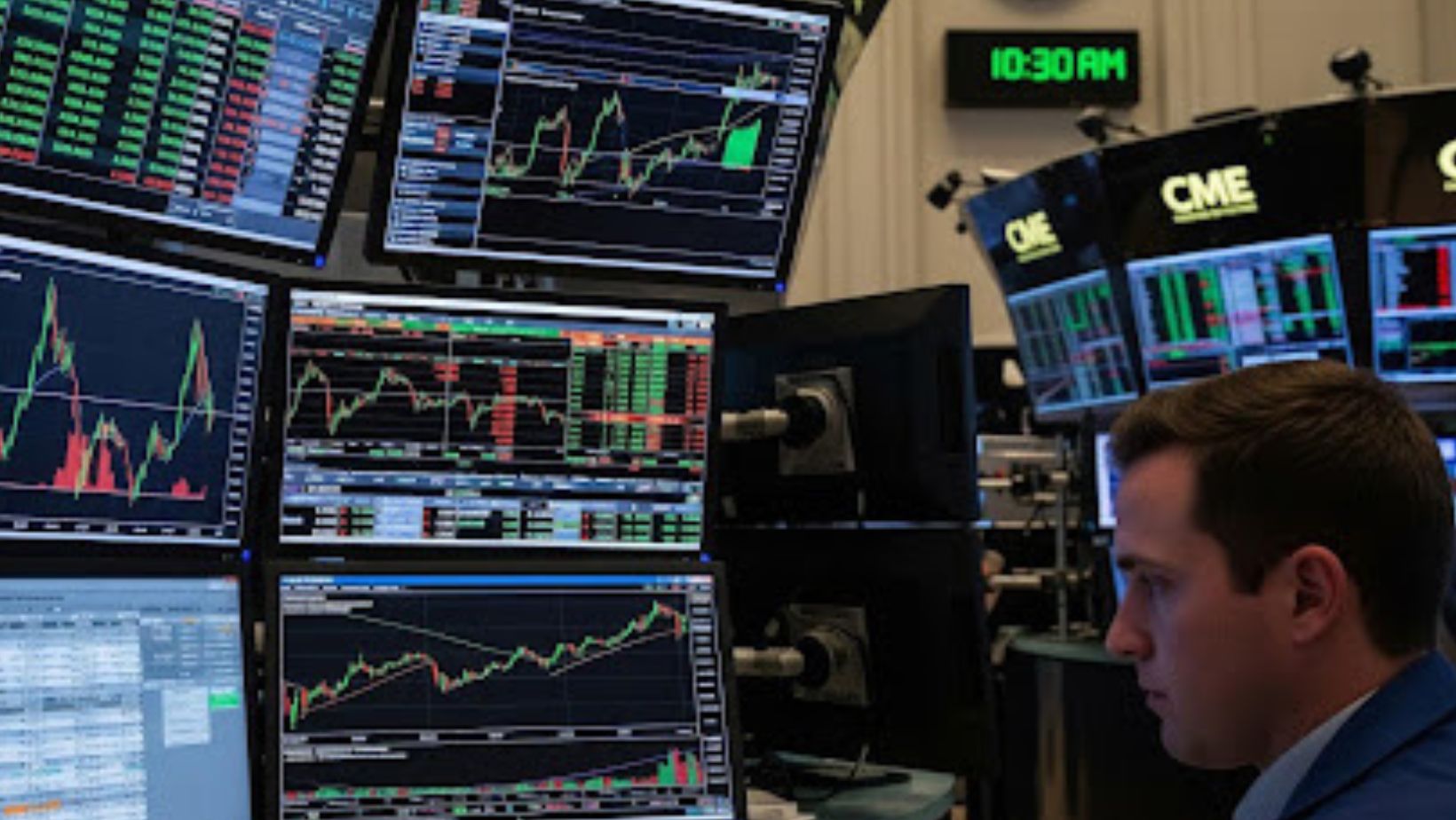Imagine a vast, global auction operating at the speed of light. This is the Chicago Mercantile Exchange (CME), a marketplace where the world agrees on the prices for everything from interest rates and stock indices to agricultural commodities and energy. But this isn’t an auction house with a physical floor. It’s a digital ecosystem, and its lifeblood is information. Two fundamental processes keep this system alive: market data, which is the constant stream of price information broadcast to the world, and order entry, the mechanism by which participants place their bids and offers. Understanding these two functions is key to understanding how modern finance truly operates.
The Constant Stream of Price Information
Market data represents the collective pulse of the marketplace. It is a real-time feed of every single price movement, every trade executed, and the depth of buy and sell interest at various price levels. This isn’t just a single number. It’s a rich tapestry of information including the best current bid and offer, the total volume of orders waiting at each price, and the last price a contract traded for. Accessing this data stream is the first step for any participant. To efficiently manage this critical flow of information and the subsequent execution of trades, many institutions rely on a unified infrastructure like the CME connect solution, which provides a streamlined technological gateway.
Dissecting the Data Feed
What exactly flows through this data pipeline? The most visible elements are the quotes. These show the highest price anyone is willing to pay (the bid) and the lowest price a seller will accept (the offer). The difference between them is the bid-ask spread, a key indicator of market liquidity.

Beyond the top tier, market depth, often called the “order book,” reveals the volume of buy and sell orders queued below and above the current market price. This helps traders gauge the strength of support and resistance levels. Finally, the data stream reports every single trade—the price, the number of contracts, and the exact time of execution, down to the microsecond.
Placing Your Bet: The Mechanics of Order Entry
If market data is about observing, order entry is about acting. This is the electronic process of submitting an instruction to buy or sell a specific number of contracts. This instruction, however, is far from simple. It must be perfectly formatted and contain precise details: the contract specification, the desired quantity, the order type, and its duration. These orders travel from a trader’s terminal through their brokerage’s systems before reaching the CME’s matching engine. This entire journey typically occurs in milliseconds.
A Vocabulary of Intent: Understanding Order Types
Traders possess a sophisticated toolkit of instructions. A market order is a command to buy or sell immediately at the best available current price, guaranteeing execution but not price. A limit order, by contrast, specifies the maximum price one will pay or the minimum they will accept, guaranteeing price but not execution. Stop orders activate only once a certain price level is reached, often used to limit losses or enter a trending market. Each order type serves a distinct strategic purpose, allowing participants to manage their risk and execution with precision in a volatile environment.
The Final Match: How Trades Are Made
Once a properly formatted order arrives at the exchange, it enters the central limit order book. This is a massive, continuously updated electronic list that organizes all buy orders from highest bid to lowest, and all sell orders from lowest offer to highest. The exchange’s matching engine acts as an automated auctioneer, constantly scanning this book. It executes trades when a buy order overlaps with a sell order—when a new bid matches an existing offer, or a new offer crosses an existing bid. This process is governed by strict rules of price and time priority, ensuring a fair and transparent market.
Who Uses This System and Why?
The users of this ecosystem are diverse. A commercial farmer might sell futures contracts to lock in a price for their next harvest, a form of hedging. A speculative hedge fund might buy and sell the same day, hoping to profit from tiny price fluctuations. A multinational corporation may use interest rate futures to protect against borrowing cost increases. For all of them, accurate, real-time market data is their eyes and ears, while reliable, fast order entry is their voice and their hand. It is how they interact with the global consensus on price.
In essence, CME market data provides the intelligence, and order entry provides the action. Together, they form the fundamental dialogue of modern risk management and price discovery, a continuous conversation that determines the value of the foundational assets that power the global economy.



